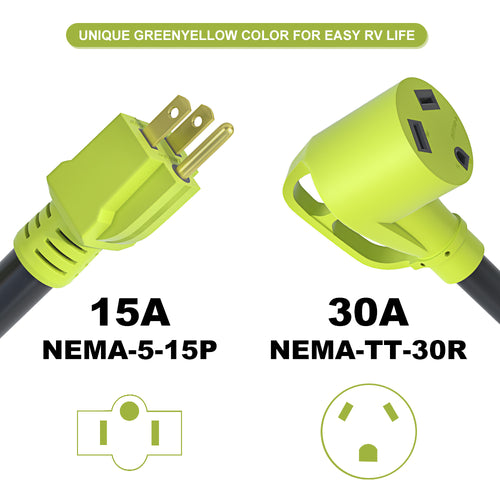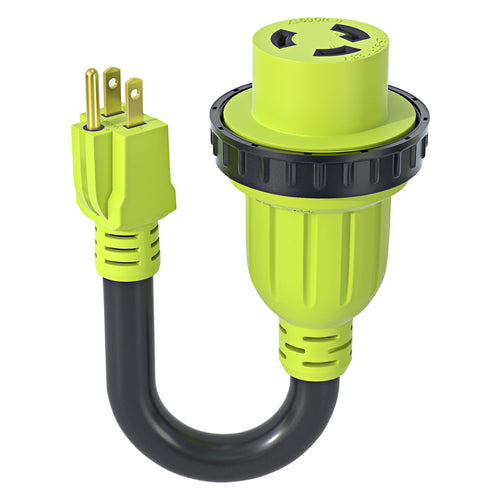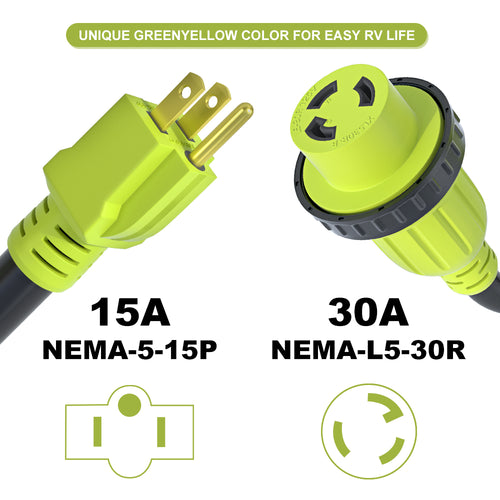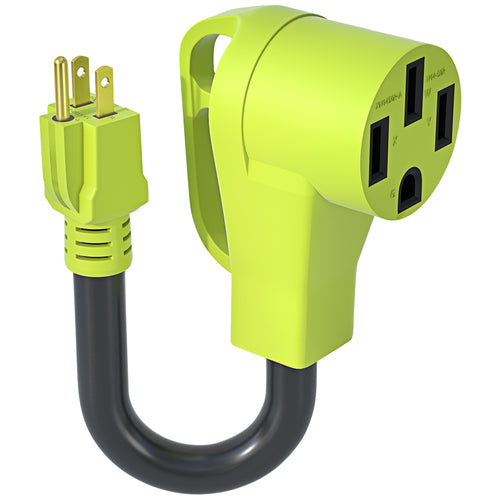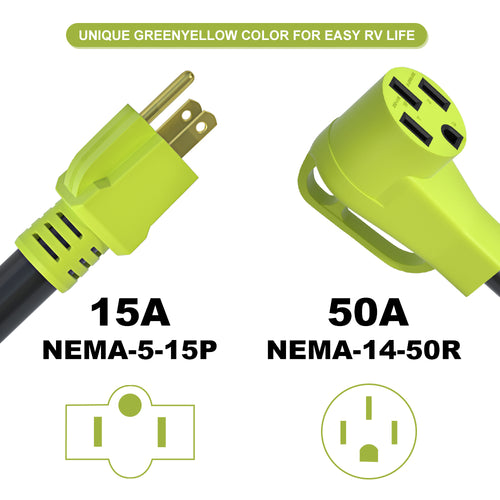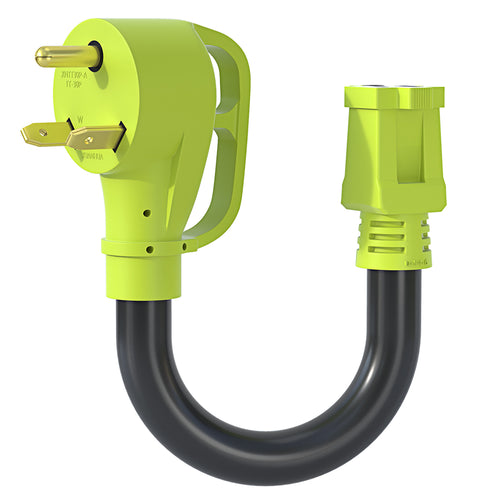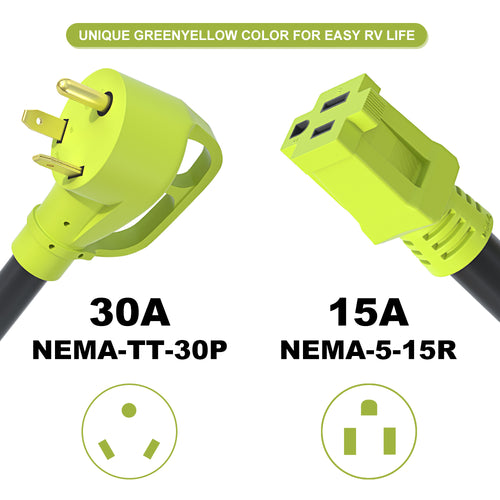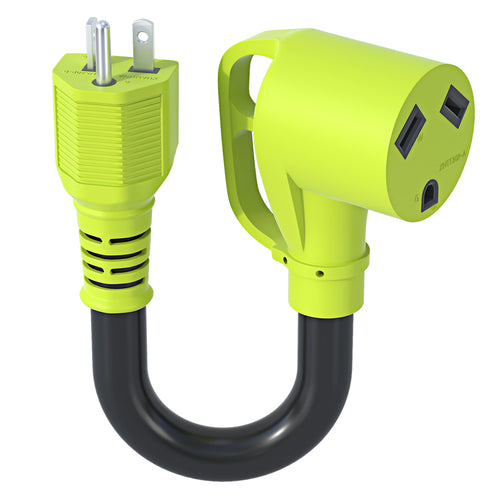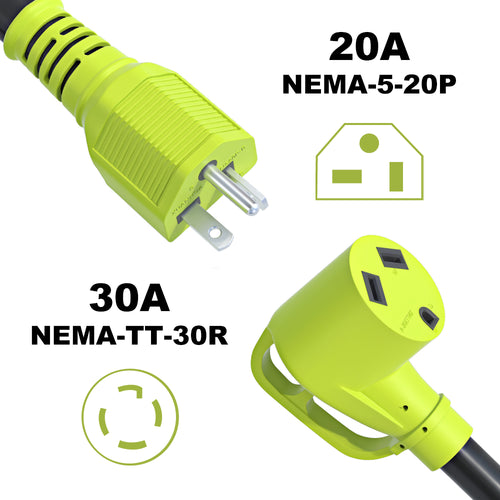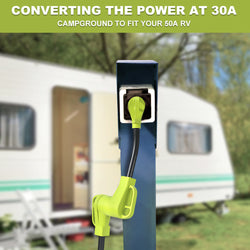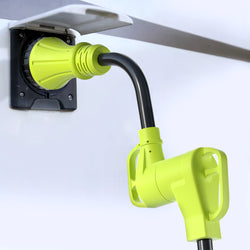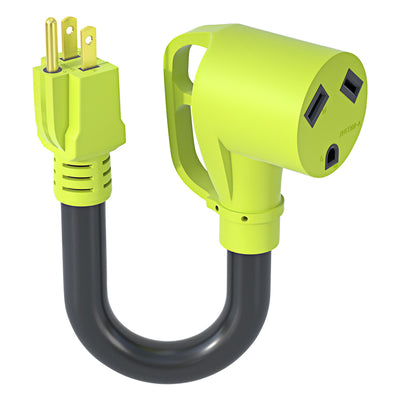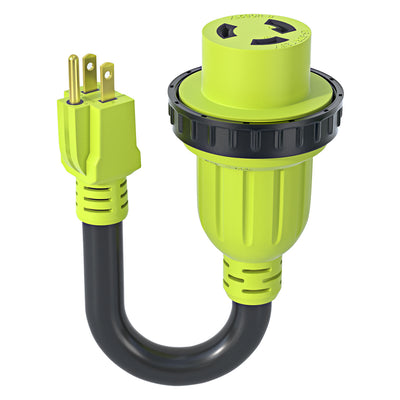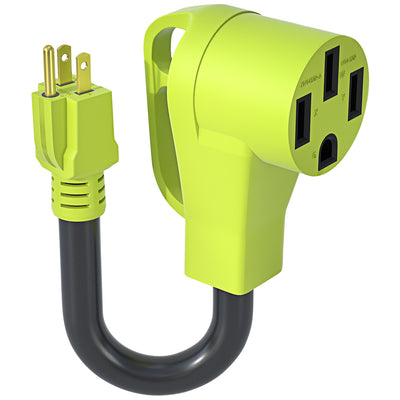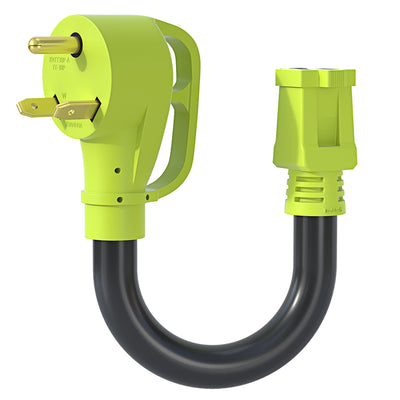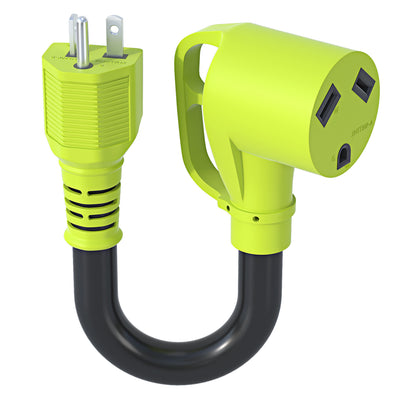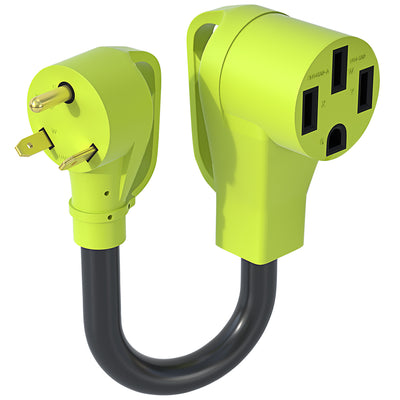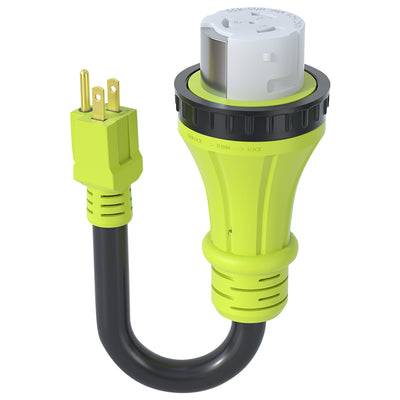Difference Between Plug and Socket
In daily life, when using the same electrical appliance, there are often plugs and sockets, but their use methods are completely different. Today, I will introduce the difference between plugs and sockets!
The metal piece of the plug is protruding and exposed, because the metal piece of the plug has no electricity when it is not inserted into the socket, and all plugs can also be said to be male; and the metal piece in the socket is all inside, because the live wire in the socket The metal sheet is charged, and all sockets can also be said to be female. The plug can only be used properly if it is inserted into the socket.
The plug generally refers to the unfixed half. A plug with a positive contact body is called a male plug; a plug with a female contact body is called a female plug. The socket generally refers to the half that is fixed (on the panel or chassis). A socket with a positive contact body is called a male socket; a socket with a female contact body is called a female socket. Size is an important technical requirement related to whether plugs, sockets and converters can be used safely and meet universal interchangeability requirements to avoid misinsertion. The unqualified size will affect the user's use or cause hidden dangers such as poor contact and mis-insertion.
Although the switch socket is not a "big piece" like home appliances, it is related to the daily safety of the family, and it is the first line of defense to ensure the safety of the home electrical, so you must not be careless when choosing a switch socket. Electrical experts specially remind that different places are equipped with different types of switches and sockets. For families with children, in order to prevent children from touching the socket holes with their fingers or metal objects, they should choose a safety socket with a safety cover.
content of interest:Introduction of Plug and Receptacle








